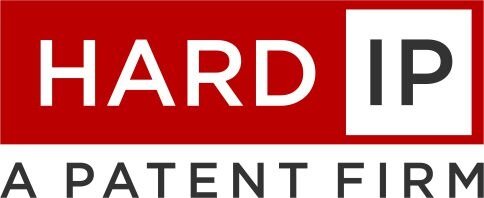More Pain for Patent Trolls: The Supreme Court Strikes Again
In recent years, the Supreme Court of the United States has heard more patent cases than ever before in its history. That isn’t surprising considering the meteoric rise of patent litigation from the 1990’s until recently. A significant part of that patent litigation comes from patent assertion entities, also known as “patent trolls” or, more politely, non-practicing entities. Yesterday, the Supreme Court struck another blow at their business model with a decision strengthening a relatively new Patent Office process that has led to killing many “bad” patents.
The patent troll model is straightforward: acquire patents and shakedown companies for licensing fees. Part of the shakedown might include initiating a lawsuit based on patent infringement. As the courts faced thousands of such cases, Congress took notice at both the volume of lawsuits and the poor quality of patents being asserted. Their solution was part of the America Invents Act (AIA), which was signed into law in 2011 and took effect in 2012: a new process called inter partes review (IPR) that allows anyone to challenge patentability at the Patent Office, with few exceptions.
The IPR process has been used to flush out many bad patent claims (a patent includes one or more claims that define the invention). The Patent Trial and Appeal Board, the arm of the US Patent Office that conducts the IPR process, has been called the “patent death squad” and, as that nickname suggests, strikes fear into the hearts of many trolls. As a result, troll targets now have some ammunition to use in negotiations: they can threaten to file a petition for IPR against the asserted patent(s).
Part of the reason the IPR process has been so effective at killing patent claims is that the claims are typically interpreted broadly (i.e. the “broadest reasonable interpretation” (BRI) of the claims). This is a different standard than applied in district court to determine validity. As a result, the IPR proceeding presents a more favorable option for parties seeking to invalidate a patent. Yesterday, in Cuozzo Speed Technologies v. Lee, the Supreme Court ruled that there was no problem with the Patent Office’s BRI standard for the IPR process. Specifically, the AIA grants the Patent Office the authority to issue regulations “governing inter partes review,” and no statutory provision unambiguously mandates a particular claim construction standard.
Although the decision does not mention “patent trolls” as its motivation to preserve the strength of the IPR process, Justice Breyer, who delivered the opinion for the unanimous Court, tipped his hand during oral argument. Justice Breyer did mention trolls as part of a hypothetical question he posed to counsel in April:
And the other way to look at it – and that’s what I would like your comment about – is that there are these things, for better words, let’s call them patent trolls, and that the – the Patent Office has been issuing billions of patents that shouldn’t have been issued – I overstate – but only some. And what happens is some person in business gets this piece of paper and – and looks at it and says, oh, my God, I can’t go ahead with my invention.
And so what we’re trying to do with this process is to tell the office, you’ve been doing too much too fast. Go back and let people who are hurt by this come in and get rid of those patents that shouldn’t have been issued . . . . But if, on the broadest possible interpretation, you know, reasonable interpretation, it shouldn’t have been issued, we’re canceling it. And – and that is for the benefit of those people who were suffering from too many patents that shouldn’t have been issued in the first place.
. . . .
Now, that’s – that’s the argument, I think, that’s in my mind registering the other way…
While we may never know whether the true motivation in rendering the decision was to ensure that the IPR process remains strong for the benefit of patent troll targets “who were suffering” from patents that should have never been issued, that will certainly be the effect.
As Congress and the courts continue to bear down on patent trolls, I do not expect that patent litigation will decrease. Rather, patent trolls have been filing lawsuits against more targets but demand less money. Some of the opening settlement offers I have seen are lower than it would cost to file a petition for IPR, which involves significant preparation time and, typically, an expert declaration. Large law firms typically quote into six-figures to prepare a petition for IPR, plus the $23,000 filing fee to the Patent Office and approximately $25,000 for an expert. So, patent troll targets are incentivized to settle when presented with an opening settlement offer of around $100,000.
But $100,000 is still a lot of money to pay to settle a lawsuit based on a patent that should have never issued. So where do we go from here? I believe more competition in the legal marketplace will lower the cost of the IPR process and, in turn, force patent trolls to continue their race to the bottom. One of the most impactful decisions rendered by the Court of Appeals for the Federal Circuit, In re Queens University, has been swept under the rug by large firms. In that case, the court recognized a “patent agent privilege,” whereby patent agents (non-attorneys that have passed the patent bar exam) can file, defend or challenge patents at the PTO, while all communications between agent and client remain confidential. Patent agents are less expensive than patent attorneys but can provide all the same services relating to representation before the Patent Office. With patent agents able to set up shop on their own, patent trolls should be worried about more IPRs on the horizon.
